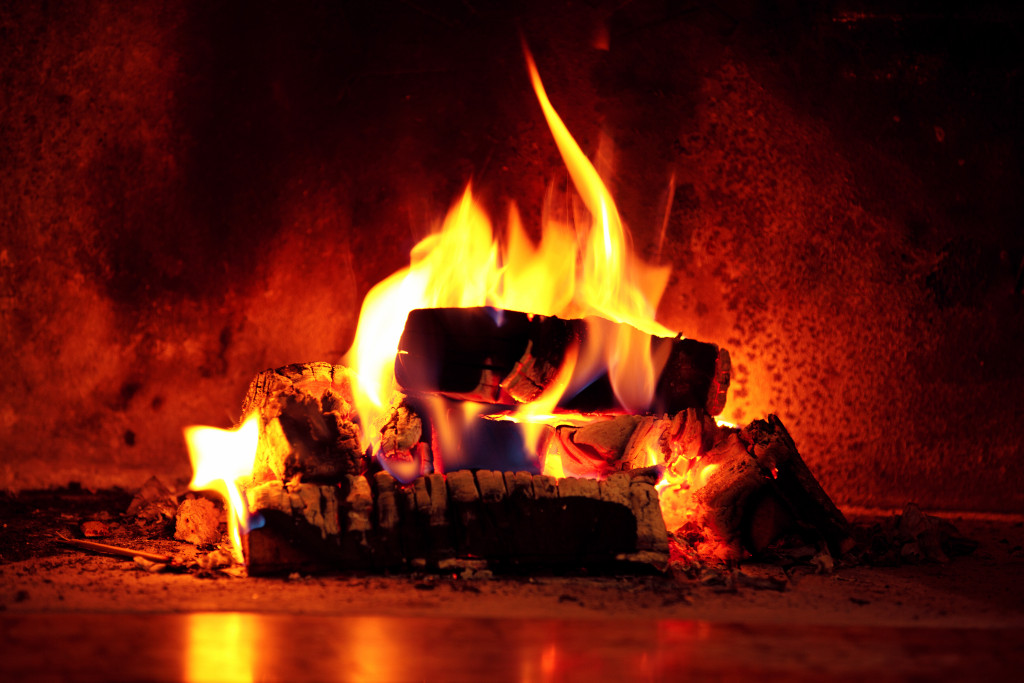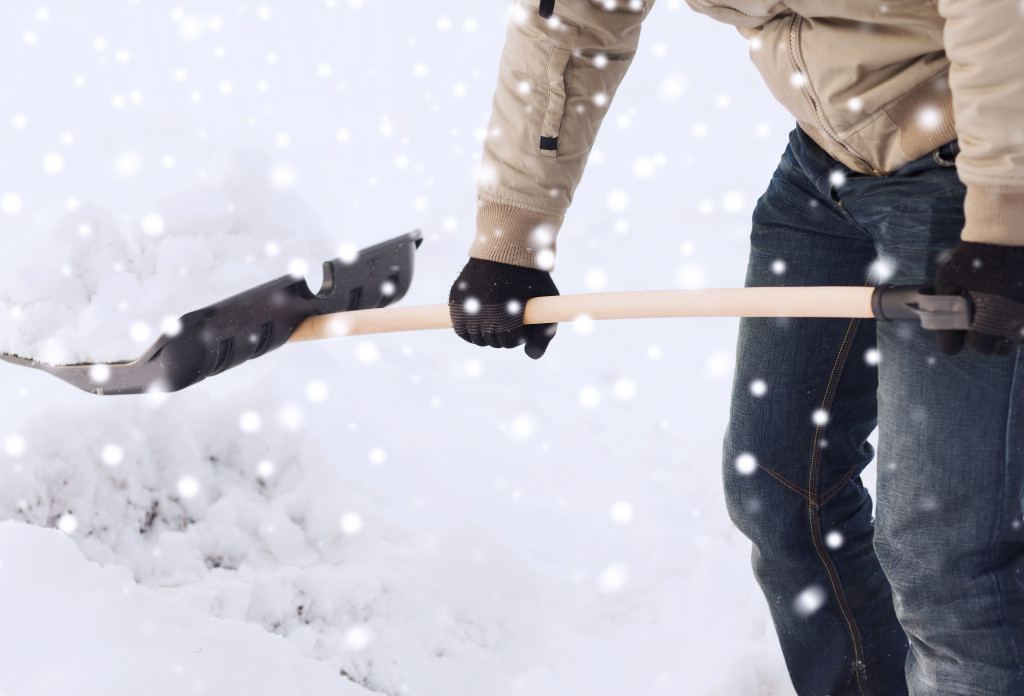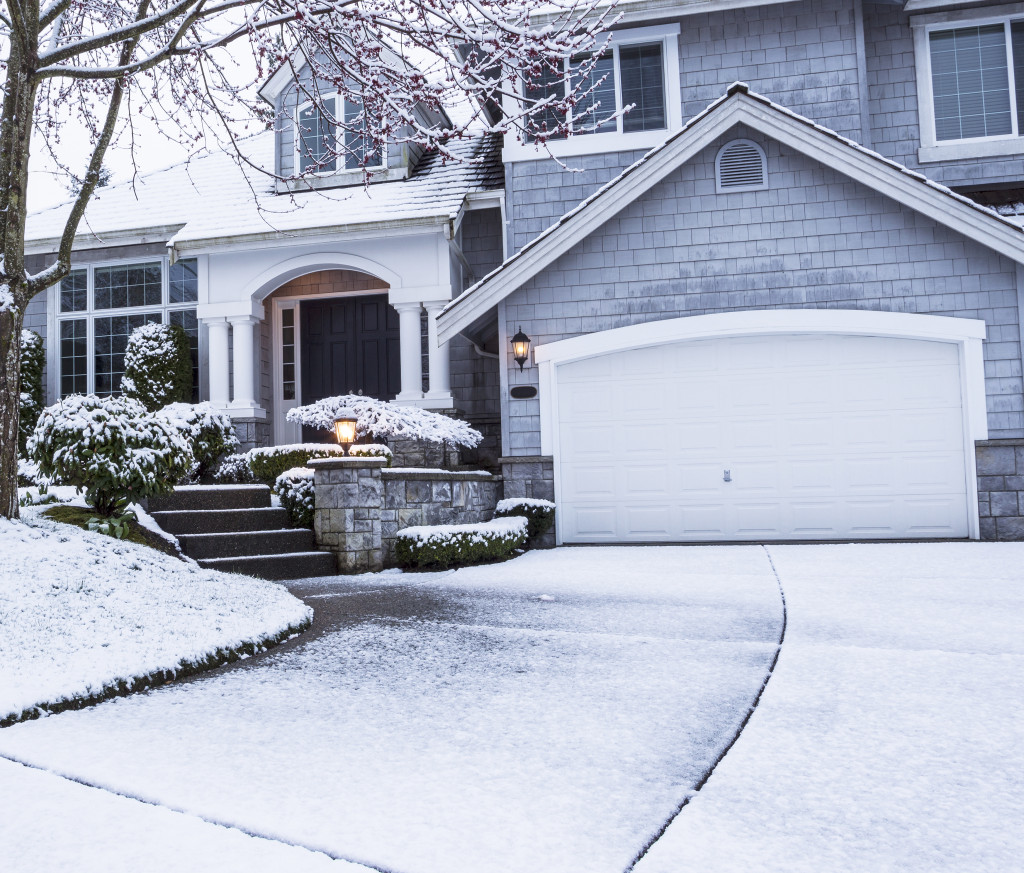- Winter weather can cause significant damage to a home if it is not properly prepared.
- Weatherproofing windows and doors helps reduce drafts and improves your home’s overall interior comfort.
- Make sure to check any exterior pipes for cracks or leaks and repair them accordingly.
- If you have an attic or crawlspace, consider adding additional insulation there as well.
Preparing your home for winter is important to ensure the safety and comfort of your family during the colder months. Winter weather can cause significant damage to a home if it is not properly prepared, resulting in expensive repairs that could have been avoided.
Taking the time to prepare your home for winter can help protect your family from the elements and save you money in the long-run. Here are some ways you can prepare your home for the colder temperatures during winter:
Weatherproofing windows and doors
Weatherproofing windows and doors is an essential step to take when preparing your home for winter. Not only will it help keep energy costs down by reducing drafts, but it can also improve the comfort of your home interior. With proper insulation, you’ll be able to maintain a cozy temperature without having to overwork your heating system or spend more money on energy bills.
Heat loss through windows and doors is one of the most common causes of energy inefficiency during cold months. This happens when air enters through cracks, gaps, or other openings in the windows or walls. To prevent this from happening, weatherproofing these areas can help make them more resistant to the elements and create an effective barrier that keeps warm air inside the house.
How to weatherproof
Weatherproofing can be done in several ways depending on the type of window or door you have:
- Use caulk or foam sealant to fill any gaps between frames and walls;
- Install plastic sheeting over windows if they are single-paned;
- Replace single-paned windows with double-pane or triple-pane windows;
- Add a draft stopper at the base of doors to reduce air infiltration;
- Check for any possible water leaks around window frames;
- Install storm shutters outside of exterior doors and windows.
Preparing heating systems
It is also important to make sure that all heating systems in the home are working properly before winter arrives. If you use a furnace or space heater, have it professionally inspected before turning it on each year so that any issues can be addressed before they become a major problem. If you use an outdoor wood stove or fireplace, make sure they are clean and free of dangerous creosote buildup that could cause a fire hazard.

Inspect the roof
Making sure your roof is in good condition before winter arrives will help reduce potential damage that can be caused by heavy snowfall or freezing temperatures. Have an inspection done on your roof each year to check for loose shingles, cracked tiles, missing seals, or other warning signs of trouble. Installing heating systems along roof edges and gutters will provide added protection against ice dams which can lead to water seeping into attic spaces as well as inside walls where moisture can cause further damage over time.
Protect pipes
Pipes that are left unprotected during cold weather are at risk of freezing and bursting, resulting in flooding and costly repairs. Wrapping vulnerable pipes with foam insulation or electrical heating tape can help keep them safe from freezing temperatures. Additionally, sealing any cracks or openings around windows and doors is also essential to prevent drafts and reduce heat loss.
Install indoor insulation
Installing indoor insulation systems is another great way to ensure that your home is properly protected from the cold winter weather. Not only will it help keep your family warm and comfortable, but it can also save you money on energy costs. The right type of indoor insulation system can help regulate the temperature in your home, making it easier for you to control how much heat and energy your home uses during the winter months.
Installing proper indoor insulation systems also has a number of other benefits that make them well worth the investment. For example, they can help improve air quality by trapping dust and allergens inside walls instead of circulating through airborne particles in the air; they act as soundproofing materials by absorbing unwanted noise; they provide fire protection against sparks and embers that may enter through chimneys or flues; and lastly, they can help prevent condensation from forming on windows since cold air won’t be able to escape through cracks in walls or ceilings as easily.
General cleaning
General cleaning is also an essential step in preparing your home for winter. Not only does it help keep the house looking nice and tidy, but it can also help protect against potential damage caused by ice and snow when they enter through entrances or open windows.
Ice buildup on walkways or staircases pose a major risk of falls or slips while snow accumulation near doorways or entryways could lead to flooding if not cleared away quickly enough. By regularly sweeping floors before and throughout winter months, you’ll be able to reduce these risks before they become a problem.

Preparing your home for winter is an important task to ensure the safety and comfort of your family. Weatherproofing windows and doors, inspecting roofs, protecting pipes from freezing temperatures, installing indoor insulation systems, and general cleaning are all essential steps in preparing your home for cold weather. With a little preparation and some ongoing maintenance throughout wintertime, you’ll be able to enjoy a safe and comfortable living space without worrying about expensive repairs or potentially dangerous situations arising due to lack of proper preparation.




